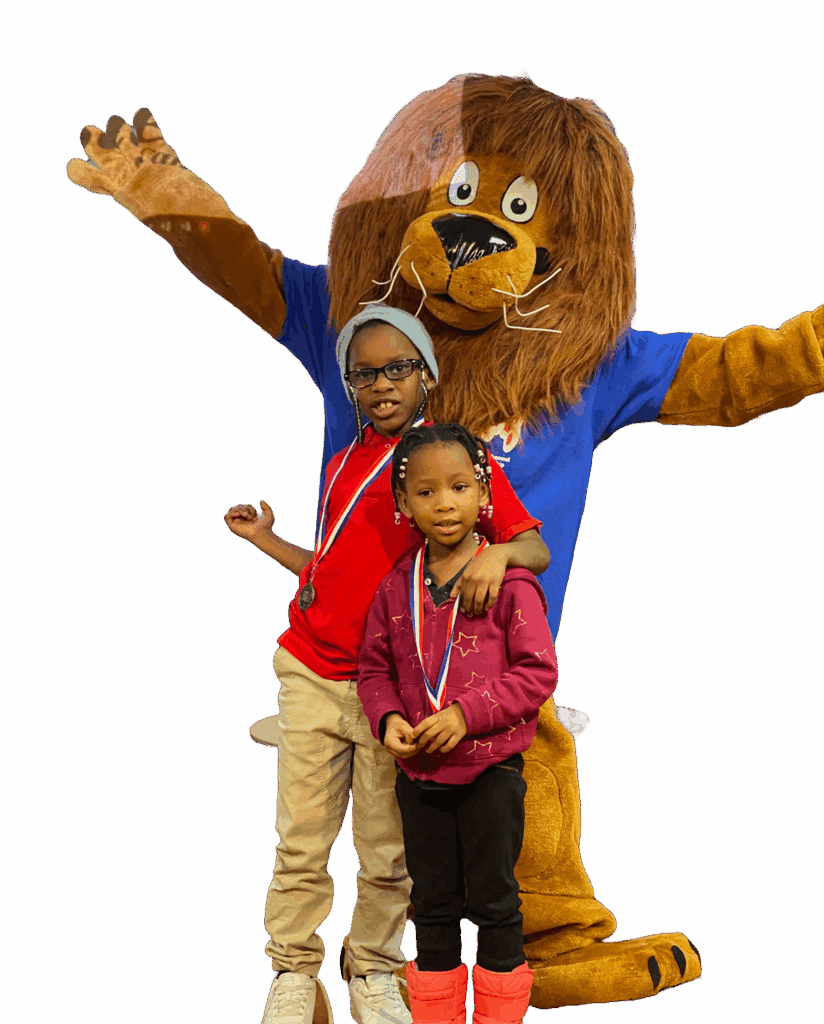LABS Project: Create an Explainer
Share

English
6th Grade – 8th Grade
9th Grade – 12th Grade
Skills & Routines
All Labs Projects
LABS Project: Create an Explainer
Wonder. Learn. Share
Video essays, documentaries, podcasts. An explainer can take on many forms and captivates our desire to learn and share our passions. In this LABS project, we’re inviting students to practice research and media creation to teach their audience something.
Choosing a Topic
This project fits seamlessly into any subject. When used to wrap up a unit, educators can peak into students’ thought processes to see what details from a unit were retained, what they found interesting, and what needed to be refreshed. As an open ended prompt, students have the freedom to share what they enjoy learning about.
Taking Inspiration
Students in Carrie Mattern’s class from Carman-Ainsworth High School in Flint produced a series of videos explaining Afrofuturism. They worked in small groups to explain how art, music, and other media use Afrofuturist themes to show how to shape the future while honoring the past.
3 Steps of Video Creation
Make sure you’ve visited the Getting Started page to familiarize yourself and your students with video and recording practices.
Research
Students identify their topic of interest and research primary source documents, journal entries, and stories and perspectives from the time period. They should focus on stories that may have been silenced or left out or that can be shared in a new piece of media. Secondary sources can help contextualize the perspectives that they are learning from. If appropriate, students should also conduct respectful interviews with community members who can offer a unique perspective or expert opinion to the work. Help students record their findings and organize the information that they want to include in their final video.
Planning
With research complete, students should work to plan how they want to organize and compose their film. They should identify "segments" for specific events or stories, and organize how they want to share the information – through on-screen graphics, video clips from other sources, clips from recorded interviews, or video of an expert of host speaking directly to the camera. After identifying what segments will be included in the final film, students will need to write scripts and identify visual content to include as their "B-roll."
Production
Finally, students should carefully record, format, and edit their film, combining the various segments that they plan and produce, adding music and graphics, and crafting a final look that is polished and impactful for a viewer.
Showcase Your Work
Once your video or collection of videos is complete, share it with us and we’ll feature it on the Michigan Learning Channel YouTube channel! Just send us an email at connect@michiganlearning.org.






